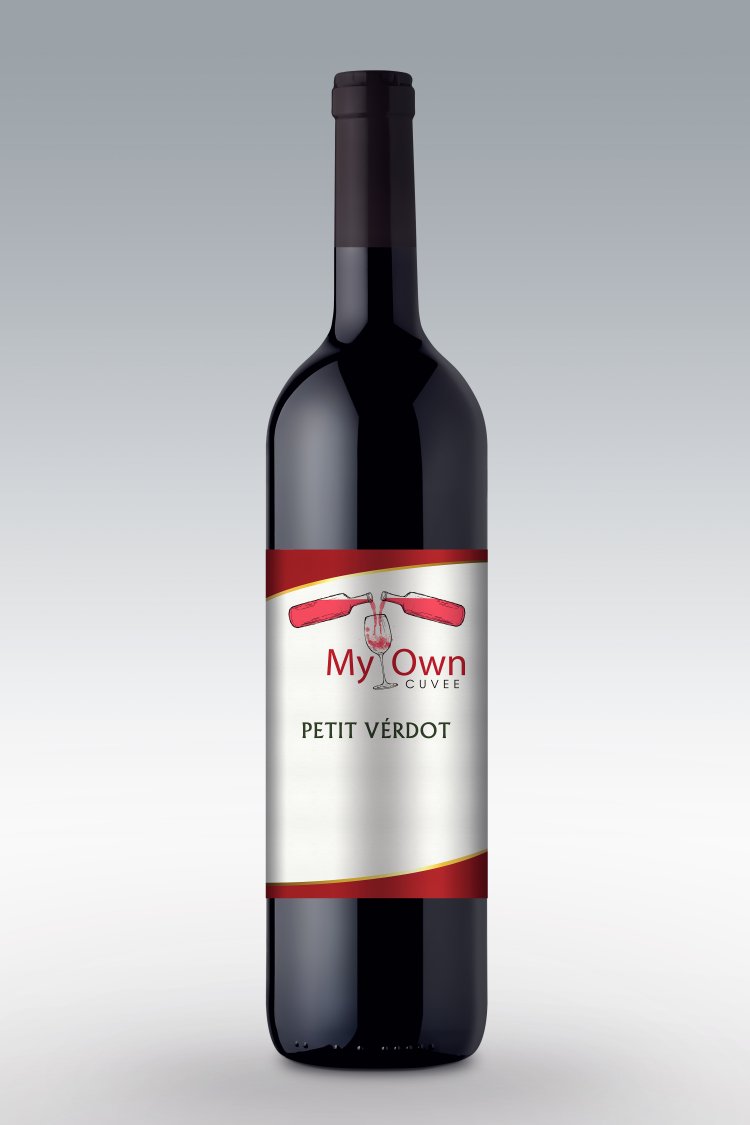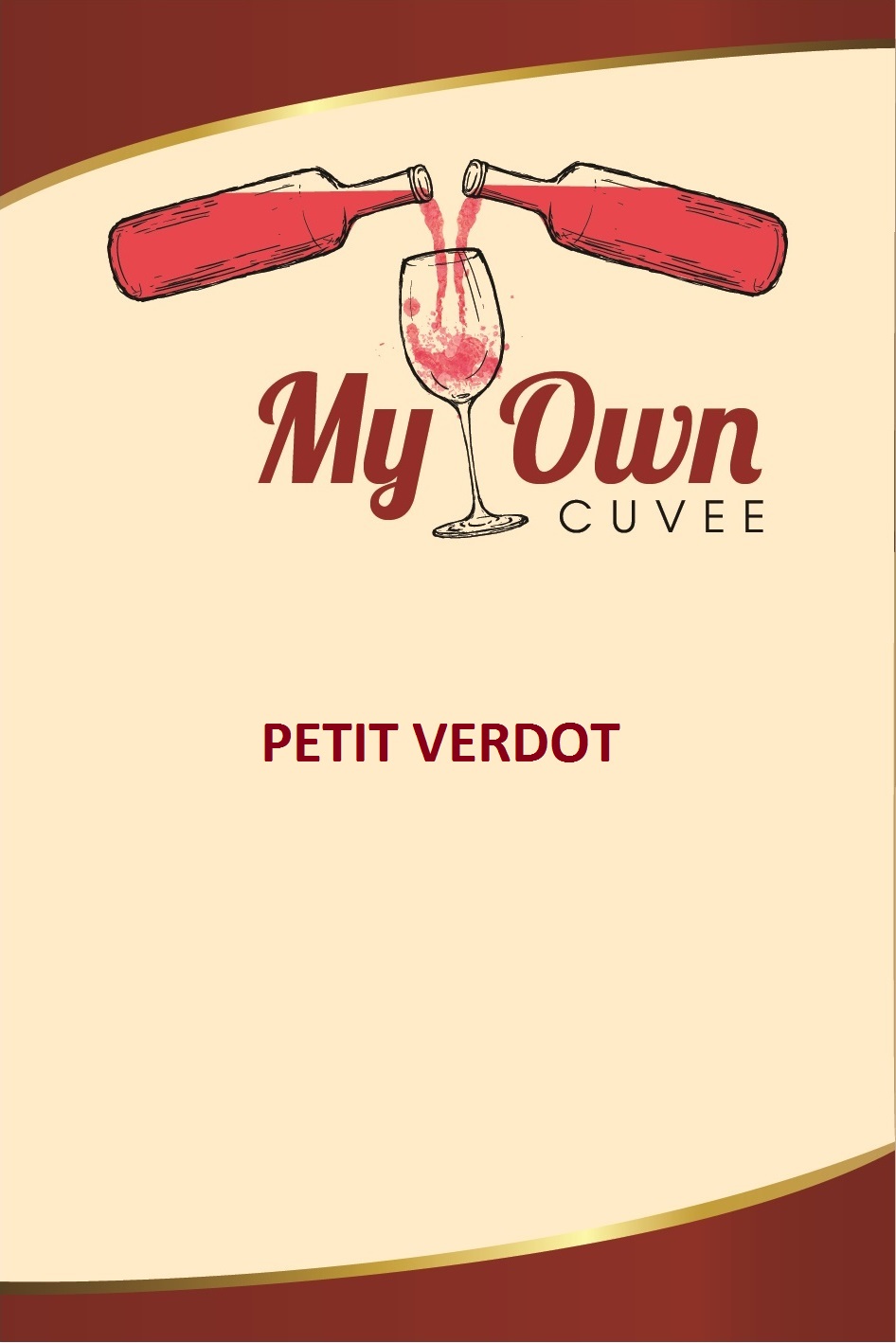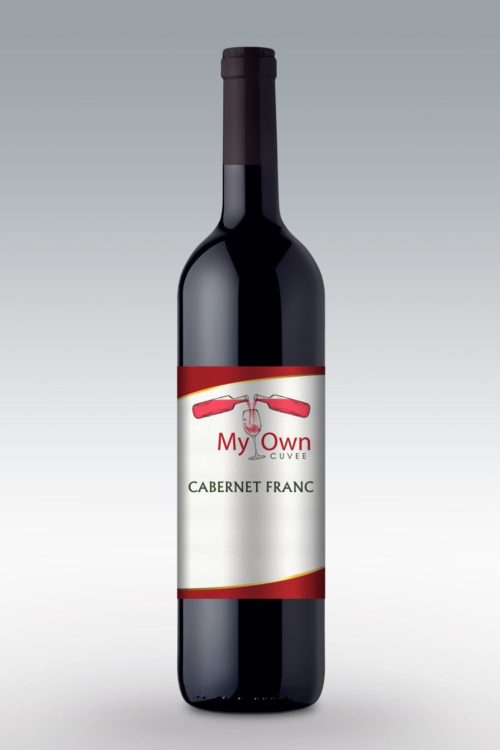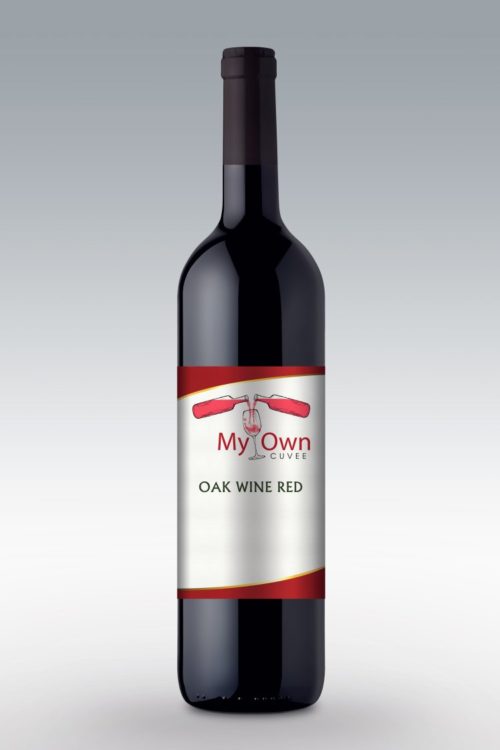| Grape Variety | Petit Verdot. Deep and full-bodied wine often known for adding structure to Bordeaux blends, Petit Verdot is not often found as a single varietal bottling |
| Color | deep, ruby-purple wine |
| Aroma | intense, lifted fruit aromas of fresh strawberry preserves, red plum |
| Body | deep and full-bodied wine |
| Wine Making Flavors | Ripe and luscious, the palate enters with a rush of fresh, brambly blackberry and strawberry tart that melts into silky spun sugar flavors. |
| Blended with: | often known for adding structure to Bordeaux blends. Best to Cabernet Sauvignon, Cabernet Franc and Merlot |
PETIT VERDOT
CHF18.50
Product Description
Petit Verdot Wine Grapes, Flavor, Character, History
Petit Verdot first gained fame as a blending grape for making Bordeaux wine. However, because Petit Verdot often has difficulties reaching full phenolic ripeness, not much of it is planted or used in Bordeaux today. Yet, that was not always the case. In fact, Petit Verdot, which takes its name from the small size of its berries, was one of the more important grapes for many Bordeaux chateaux in the Medoc during the 1700′s. However, quite a bit of Petit Verdot in The Left Bank was removed after the devastating attack of phylloxera in the late 1800′s. What little Petit Verdot remained was once again removed from the vineyards in Bordeaux following the frost of 1956.
The Petit Verdot berries need very specific conditions to ripen, starting with the correct weather during the flowering period. Petit Verdot enjoys cooler temperatures than many Bordeaux varietals. Petit Verdot is very sensitive to water stress and ripens later than the other main Bordeaux grapes. This lateness in ripening and harvesting dates often precludes the fruit from being included in the final blend for most producers. Petit Verdot is most often harvested in Bordeaux after the Merlot has been picked and just before the Cabernet Sauvignon is harvested.
Interestingly, Petit Verdot has a unique characteristic not found in most grape varieties. Petit Verdot produces more than two clusters per shoot. The grape is much older than Cabernet Sauvignon. The origins of Petit Verdot are unclear. But it’s possible the fruit was created from a cross of Duras and Tressot. It is thought that the grape is one of the first varieties originally planted in Bordeaux by the ancient Romans.
Petit Verdot is not always used in the final blends, due to its issues with achieving ripeness. However, when it is part of the assemblage, it adds additional tannin, color and a unique flavor profile that can manifest itself with aromas of flowers, olives or when very ripe, blueberry characteristics. When not fully ripe, Petit Verdot tends to be a sharply acidic, unpleasant grape for wine.
Chateau Pichon Lalande in Pauillac has some of the largest plantings of Petit Verdot in the Medoc. Chateau Palmer in Margaux andLagrange in St. Julien are also known for including the Petit Verdot in their Bordeaux wine, provided the berries were able to fully ripen. Chateau Fonbel in St. Emilion could have the largest amount of the fruit planted in the Right Bank at close to 10%. Chateau La Lagune might have the most Petit Verdot of any 1855 Classified wine in modern times as 10% of their vineyard is devoted to the variety. Chateau Belle-Vue in the Haut Medoc appellation has 20% of the vines dedicated to Petit Verdot. However, the largest plantings of Petit Verdot in Bordeaux are probably located at Chateau Bolaire in the Bordeaux Superieur region. In some vintages, as much as 40% of their blend could be Petit Verdot!
Interestingly, there are a few small producers in Bordeaux making wines from 100% Petit Verdot! Chateau Moutte Blanc Moisin, Bordeaux Superieur, Chateau d’Osmond and Chateau Mirambeau Papin all produce wines solely from Petit Verdot.











